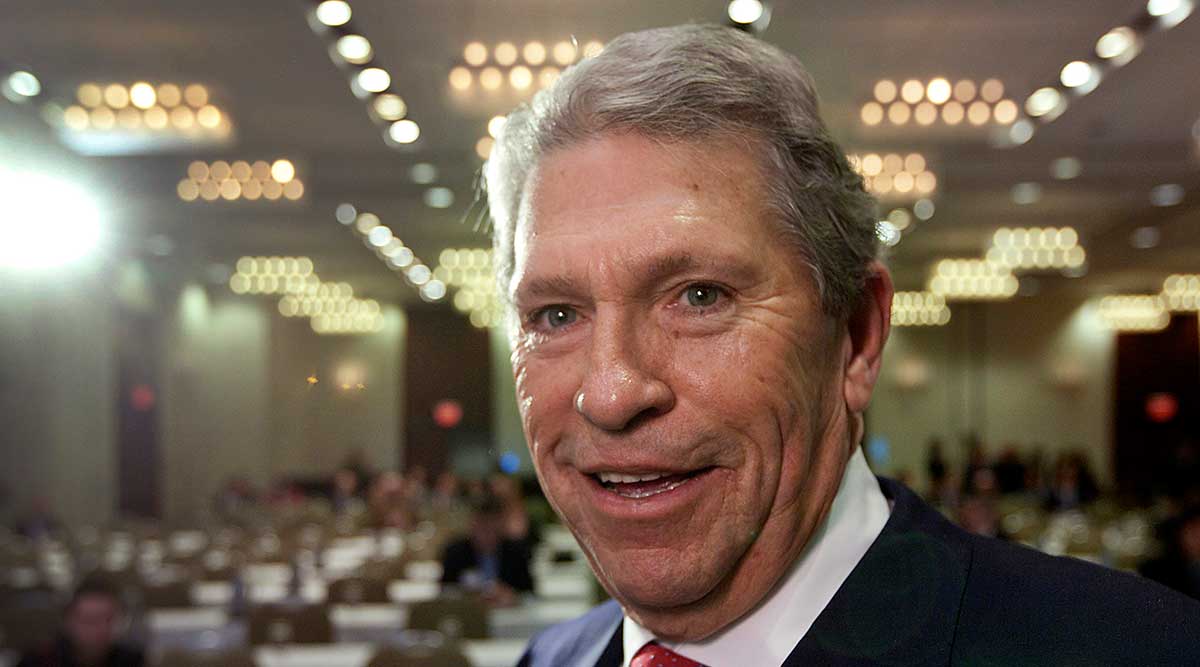Railroads Report Better Fourth Quarter, But Shakeup Could Alter Industry in 2017

The fourth quarter marked a turnaround for the railroad companies from the lackluster year, according to earnings released last week, but a potentially major shakeup could result in an interesting 2017 for the industry.
Canadian Pacific Railway Ltd. announced on a call with investors that CEO Hunter Harrison would be leaving the company at the end of January, several months before his contract was due to expire. Harrison said that he’s leaving the company to pursue opportunities involving other Class I railroads, the company wrote in a statement. The Wall Street Journal reported that Harrison will partner with investor Paul Hilal in a new venture that would target CSX Corp.
“We believe this could potentially stoke speculation of a renewed pursuit of Norfolk Southern, potentially through management change, or potentially to run CSX as a successor to Michael Ward,” wrote Christian Wetherbee, analyst at Citi Investment Research.
Meanwhile, CSX reported $458 million in profits, or 49 cents per share, for the three-month period that ended Dec. 31, 2016. The results were down 2% from the $466 million it earned during the same period in 2015. However, the decline in profits can be attributed to higher income taxes and a debt repurchase charge rather than less profitable operations.
Canadian Pacific reported $384 million in profits, or $2.63 per share, reported in Canadian dollars, for the three-month period that ended Dec. 31. The result is a 20% increase from the $319 million in the same period of 2015.
“2016 featured stiff economic headwinds and a challenging volume environment, headlined by a precipitous decline in crude oil shipments and weakness in grain movements, particularly in the first half,” Harrison said.
Union Pacific Corp. reported $1.14 billion in profits, or $1.39 per share, up from $1.12 billion during the same quarter in 2015.
“While full-year volumes were down substantially year over year, we did see declines moderate in the fourth quarter,” said Lance Fritz, Union Pacific chairman and CEO.
Revenue rose 9% to $3.03 billion during the fourth quarter at CSX but dropped $5.17 billion at Union Pacific and 3% to $1.64 billion at Canadian Pacific.
However, intermodal results underscored the theory from analysts and industry executives that the fourth quarter provided a turnaround from the difficult conditions earlier in 2016. All three railroads posted strong intermodal results in the fourth quarter compared with the full calendar year.
At CSX, intermodal revenue dropped 2% to $1.73 billion, volumes dropped 1% and revenue ton-miles dropped 1% in 2016 versus 2015. But in the fourth quarter, revenue increased 7% to $477 million, volume rose 4% and revenue ton-miles jumped 8%.
At Union Pacific, intermodal revenue was virtually unchanged at $969 million in the fourth quarter versus the same three-month period in 2015, but the results were better than the 9% year-over-year drop for the full calendar year.
At Canadian Pacific, intracountry intermodal revenue dropped 5% to $721 million for the full year but rose 3% in the fourth quarter compared with 2015. International intermodal revenue, which includes freight between Canada and the United States, jumped 7% in the fourth quarter compared with no change for the calendar year.
Operating ratio improved at all three railroads on a quarterly and annual basis. At CSX, the ratio in the quarter was 67%, an improvement from 71.6% for the same period in 2015. For the full year, the ratio improved 30 basis points to 69.4%. Union Pacific’s operating ratio deteriorated 40 basis points to 63.5% for the full year. But in the fourth quarter, the ratio was 62%, improving 120 basis points compared with the same period of 2015. Canadian Pacific’s operating ratio for the quarter was 56.2% and for the full year was 58.6%, both significant improvements from the 2015 comparable periods, which were near 60%.
Kansas City Southern is scheduled to report fourth quarter earnings Jan. 20.



